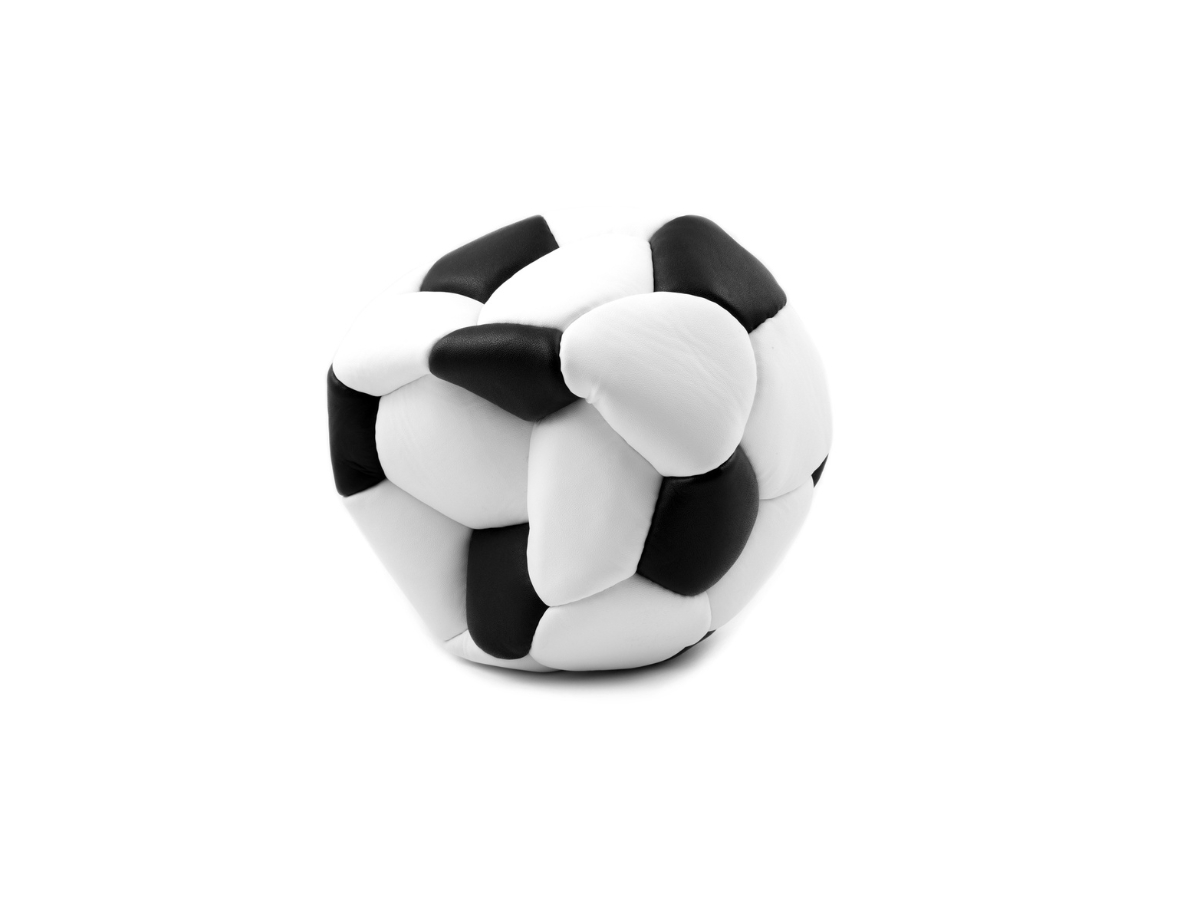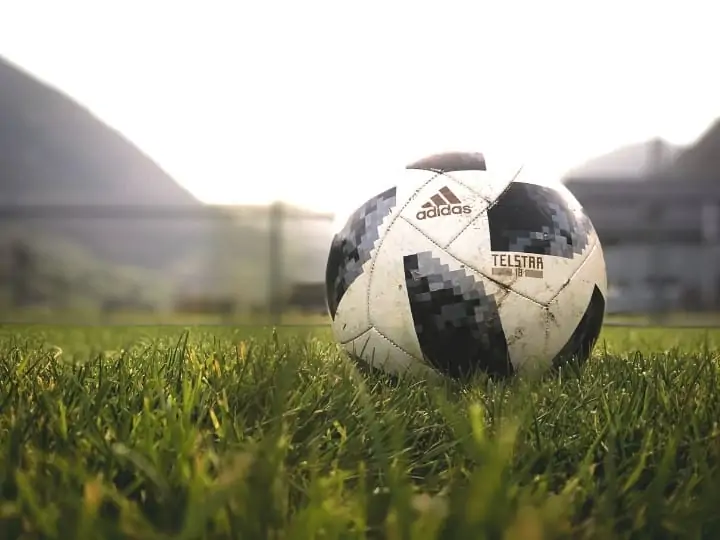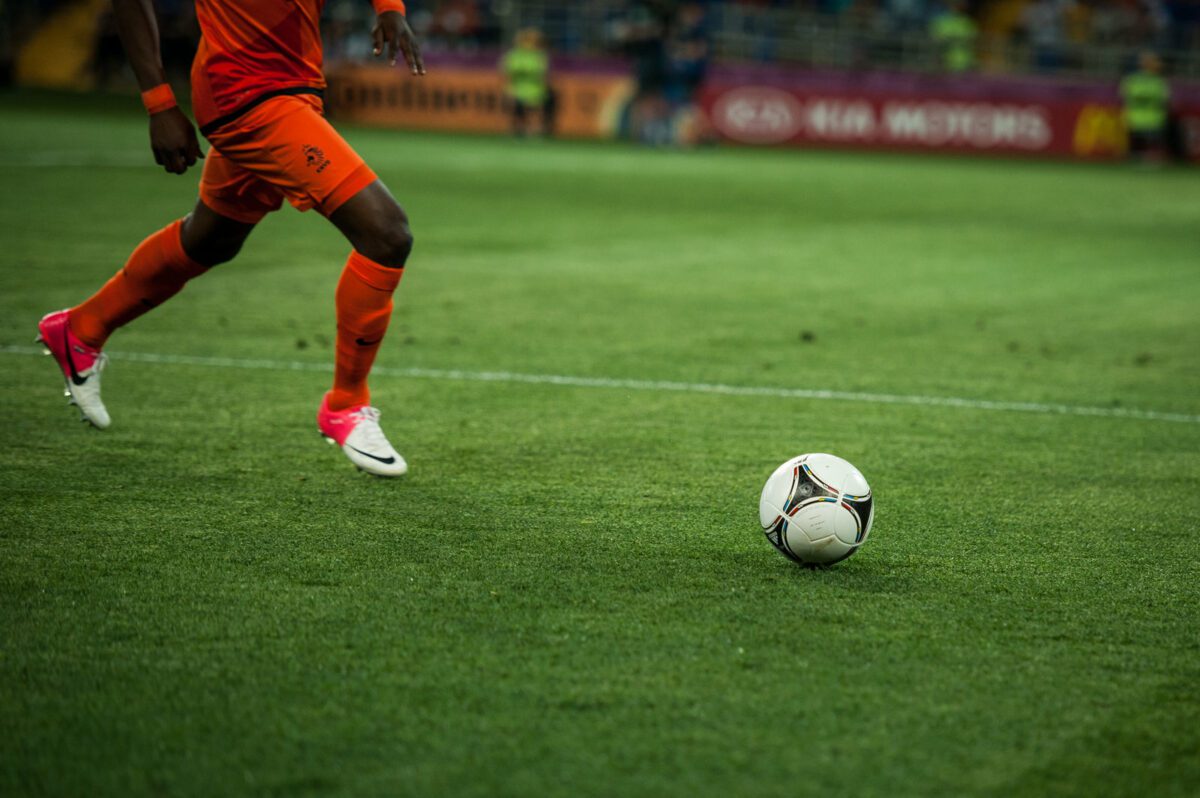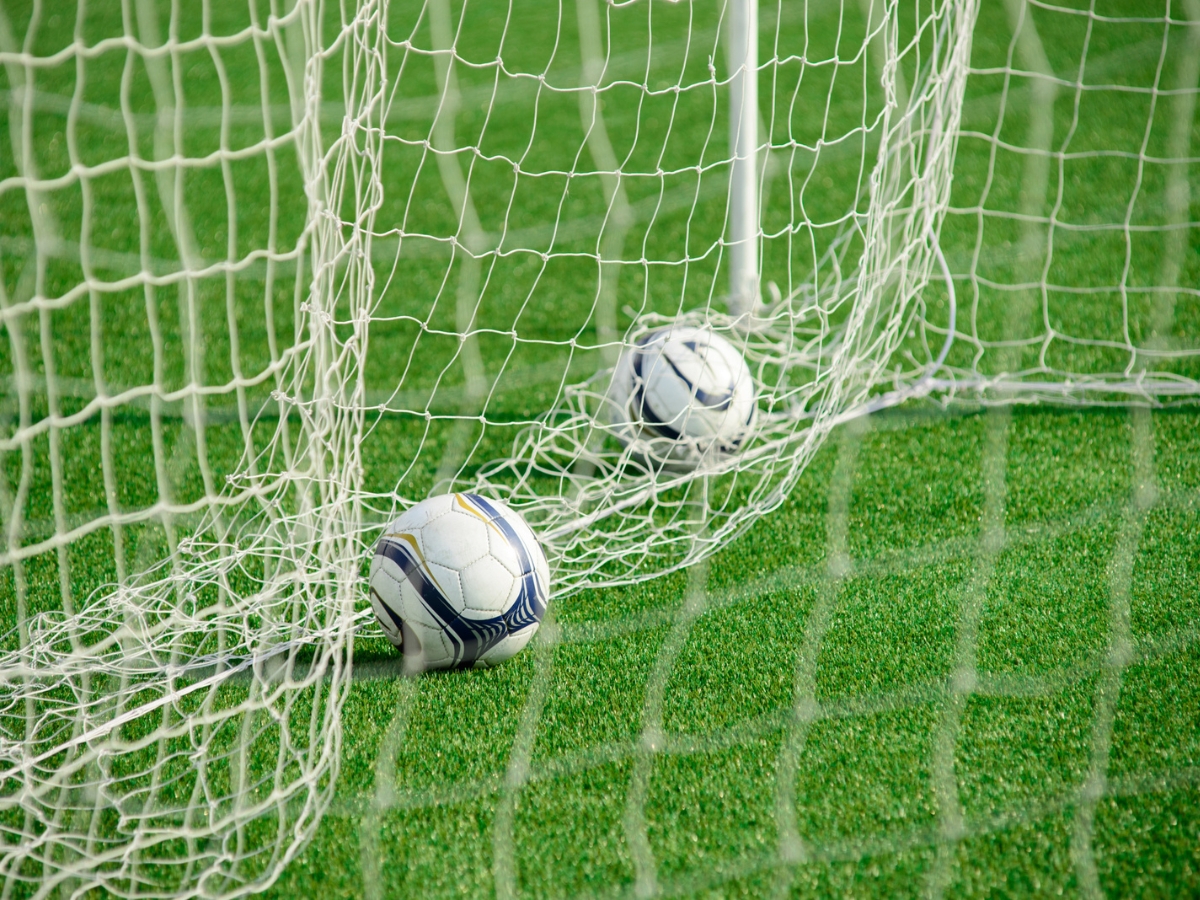Share the post "Do Soccer Balls Deflate? (Keeps Happening!)"
With the number of times, the ball is kicked, headed, and punched (by the goalkeeper) soccer balls certainly do see a lot of action throughout a game.
Do soccer balls deflate?
Soccer Balls do deflate, yes. As with any ball which has air in it, the more times it is used, it is going to lose some air time. Whether it be a football, soccer ball, or even volleyball, they will eventually lose air over time.
In this article, we will go through the proper PSI for a soccer ball, why balls can keep deflating, how long soccer balls last, and how to keep your ball in good condition.
Keep on reading if you love to know what to do if your soccer ball continues to deflate along with much more.

- Soccer ball pressure PSI
- Do soccer balls deflate over time?
- Why does my soccer ball keep deflating?
- How do you fix a soccer ball that loses air?
- How does the air pressure in a soccer ball affect how far it's kicked?
- How long do soccer balls last?
- How do you keep a soccer ball in good condition?
- Can you wash a soccer ball?
Soccer ball pressure PSI
The governing body of football/soccer is called FIFA. This organization makes laws for all international soccer competitions from league football to international matches like the World Cup.
FIFA clearly states that the ball has to be spherical (round) and it also has to be inflated to the proper PSI.
In this case for soccer, the correct ball pressure is anywhere between 8.5 psi and 15.6 psi.
Often different leagues or competitions will have the balls inflated to different psi but as a general rule, most try to keep it around the same.

Do soccer balls deflate over time?
As with any balls that require air, they will lose some air over time eventually. So yes, soccer balls do lose air over time.
Sometimes it will take a few days, or it might even happen mid-match.
Most soccer balls have a butyl bladder, and these keep the air in the ball longer than what other soccer balls do with a latex bladder.
So, if you do happen to have a soccer ball, it is a smart idea to purchase a good ball pump and have a long supply of inflation needles.
Along with that, a low-pressure gauge can also be used to measure when you are pumping up the ball to reach the proper psi.
Why does my soccer ball keep deflating?
This usually happens with a soccer ball when there is a hole in the bladder of the ball and depending on the size of the hole will ultimately determine how quickly the ball loses air.
One thing you can do if you think your soccer ball is losing air is take it into your bathroom and fill the bathtub up with water.
Next, a place to ball under the water and look for a sign of bubbles and will indicate where the hole/leak is coming from.
Once you do find the hole/leak then you can go about trying to patch it up and fix the hole.
Generally speaking, most times, the reason why the soccer ball will lose air is that there is a hole in the ball. The other thing could be is a defect in the ball itself and you can return it for a refund.

How do you fix a soccer ball that loses air?
First of all, you are going to want to locate the leak. As we mentioned before this can be done by taking the ball into your bathroom and filling up your bathtub with water.
Then submerge the ball in the water and look for signs of bubbles, this will tell you where the leak is.
Sometimes this can be a bit misleading as there could be space between the bladder and stitching but continuous bubbles will indicate a leak.
If there is a problem with the valve on the ball that will need to be fixed.
You can clean the valve with a wet needle and put it in the valve to clean it. If you still find that there is a leak, you may need a completely new valve.
This can be done by following the ball’s instructions. Insert the new valve and then screw it into place nice and tight.
Once done, inflate the ball for a day and see if there are any leaks.
If you find you have a surface leak this will be from a small hole in the bladder or on the surfaces of the ball.
To fix, pump the ball to around 75% and then use a repair sealant. Wet the sealant can’s needle with water and put it into the valve.
Spray the sealant into the ball for around five seconds.
Then pump the ball up to 100% if possible and bounce it around a few times to make the sealant be distributed around the bladder.
Once you have done this, let the ball sit for 60 minutes with the area of the leak facing the ground.
Then put the ball into your bathtub and submerge it with water to see if there are any other leaks.
These fixes can be hit and miss, so sometimes it’s best to purchase a new soccer ball.

How does the air pressure in a soccer ball affect how far it’s kicked?
Essentially the harder the soccer ball is inflated, the further the ball will be able to be kicked.
When you kick the ball, it transfers more energy to a hardball when compared to a soft or deflated one as less of the energy of the ball is lost because of the deformation of the surface of the ball when it is kicked.
Because of this, the amount of air pressure that is in the ball directly affects how far it will travel once it leaves your foot.
So, the more inflated your ball is to the correct psi, the further you are going to be able to kick it.
If your ball is not inflated properly then you will not be able to kick it as far.
How long do soccer balls last?
This will largely depend on the user of the soccer ball. If it is used properly (on grass) it should last you a few years (2-3).
If you do not use it correctly for example kick it on bitumen, this will scruff the ball up and could easily lead to a hole in your ball and it might not last a single year.
If you do not take care of your ball and neglect it, then it will not last long.
Take care of it, do not leave it outside in the rain, and clean it if you want to. If you want to improve your skills, having a high-quality ball is paramount.
How do you keep a soccer ball in good condition?
There are several things that you can do to keep your soccer ball in good condition.
- Deflate your soccer ball when you are storing it away.
- Look after the valve when you are inflating the soccer ball.
- Inflate it to the proper psi when playing a game.
- Clean the ball properly after use.
- Play on the right surfaces (grass, not bitumen).
- Don’t use any chemicals or detergents when cleaning the ball.
- Do not stand/sit on the ball.
Can you wash a soccer ball?
Yes, you can. Start by rinsing the ball and use a rag to get all the loose dirt. Do not drench the ball as the seams can deteriorate.
Once the dirt is gone you can use soap or a diluted spray which is normally 50% soap and 50% water however others can work too.
Once you spray it on the ball, leave for 30 seconds, and then scrub gently on each section of the ball. Rinse the ball with a wet cloth and then use a towel to dry it properly and you are good to go!
Conclusion
So, there you have it. Everything you need to know when it comes to soccer balls and how and why they deflate and how you can keep your ball in top quality shape for years. Hopefully, you enjoyed the read!
Sources
- How to Clean a Soccer Ball | Charity Ball
- How Does the Air Pressure of a Soccer Ball Affect the Distance it Goes When Kicked? (sportsrec.com)
Share the post "Do Soccer Balls Deflate? (Keeps Happening!)"
Joel is a seasoned soccer journalist and analyst with many years of experience in the field. Joel specializes in game analysis, player profiles, transfer news, and has a keen eye for the tactical nuances of the game. He played at various levels in the game and coached teams - he is happy to share his insight with you.




